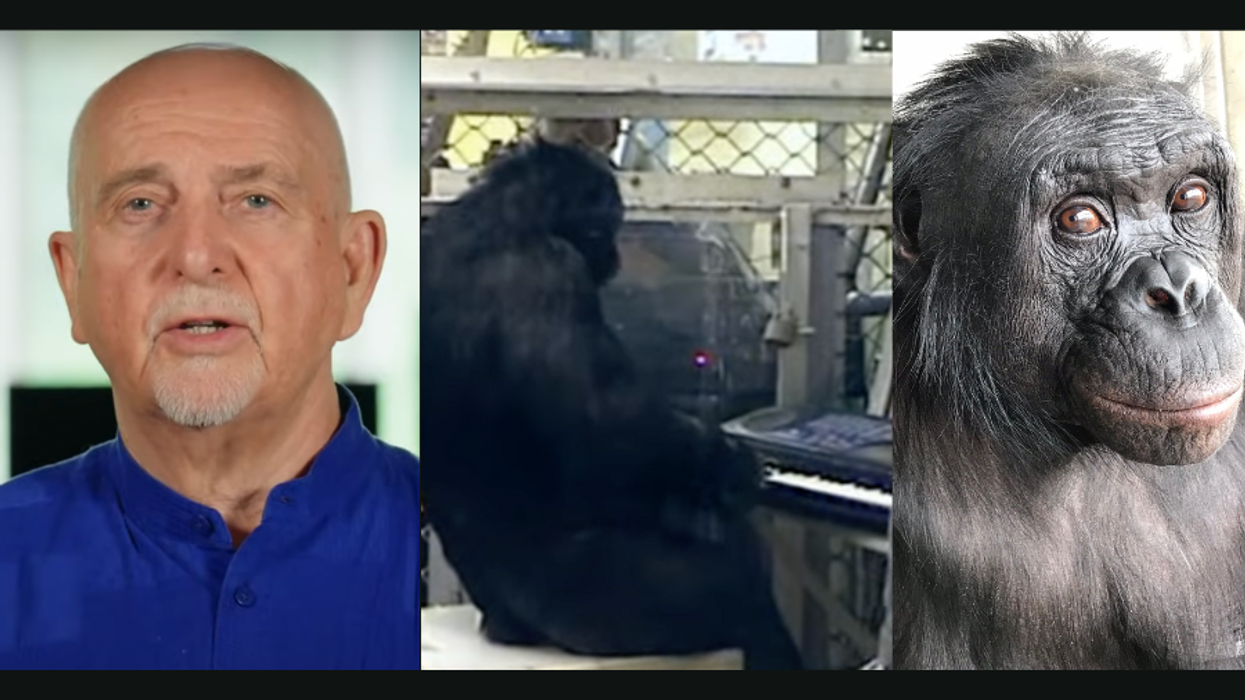On April 7, GOOD met with a group of students from Design Gym, an NYC organization that works to build a community of skilled problem solvers through a workshop-driven design thinking curriculum. The question of the day: what could people do on Neighborday? Here's an account from one of the problem-solvers.
So you’ve signed up to host a Neighborday celebration. What will you actually do when your neighbors show up? That was one of the questions that I, and a group of other Design Gymnasts, considered on a sunny Sunday in early April. How could the people in the GOOD community committed to Neighborday better connect with their neighbors?
One of the ‘obstacles’ we identified was the tension between how much you want your neighbors to know about you, and the social awkwardness of striking up a conversation with a neighbor from a whole different walk of life. We also considered how a call to action could be part of the Neighborday challenge—how neighbors could be encouraged to collectively take action towards social change.
GOOD has a big group of active organizers from the community eager to bring Neighborday to their neighborhood, and what we wanted was a tool that would help attract passive neighbors to participate.
The solutions we brainstormed ranged from a public art installation to a co-created Monopoly version of your neighborhood featuring its local gems and sore spots. But the tool that made it to actual production was a simple and straightforward one—nametags. If our solution was to be a conversation starter that would lead to a group taking action together, then a nametag featuring the items you could share, your skills, interests, and the aspect you cared most about in your neighborhood would help guide the conversation in that direction.
A very practical benefit of bringing neighbors together is to help with simple sharing—how people can lend and borrow items like a drill that only gets used once a year. To help neighbors start thinking about what they might share, whether it’s a little-used product or a service like babysitting, we added prompts to the nametags. The original version of the nametag also included the question What does our neighborhood need most?. Though this didn’t make it on the final nametag because of space, we’d imagined that it could help start conversations about what neighbors might do together after Neighborday ended. If a discussion started about litter in a local park, we hoped that the conversation would point towards collectively finding a date for neighbors to clean the park together and to continue building neighborhood relations.
Knowing my neighbors in my Lower East Side apartment has certainly enriched my life. When my water was cut off for a weekend, my 24-year-old Bulgarian neighbor down the hall let me use her shower. When my apartment was broken into, my 70-year-old Chinese neighbor below me brought me and my roommate leftover Dunkin Donuts while we waited for the police.
These relationships developed from me seeking a conversation, my openness and kindness being equally reciprocated. I live in overpopulated and aggressive New York City, and can see how not everyone here has the same motivation and trust in strangers. But that's how Neighborday can help. I hope that the nametags—now part of GOOD's Neighborday toolkit for download—can play a small role in taking those first conversations a step beyond small talk to how we might live better together.
Hang out with your neighbors on the last Saturday of April (a day we're calling "Neighborday"). Click here to say you'll Do It, and here to download GOOD's Neighborday Toolkit and a bunch of other fun stuff.
Images courtesy of GOOD and Nadia Oesterreich.













